Moment Queen’s life changed forever en route to Australia
Princess Elizabeth of England was on her way to Australia when she received the news that her father King George had died, signalling a long history with Australia.
Royals
Don't miss out on the headlines from Royals. Followed categories will be added to My News.
Princess Elizabeth of England was in Kenya, on her way to Australia to represent her ill father King George VI on a diplomatic visit, when she received the news that he had died.
The 25-year-old new Queen immediately returned to England to take up her role as head of state but she didn’t forget her plans to visit one of the Commonwealth’s distant lands.
In 1954, several months after her coronation, she and husband Prince Philip, the Duke of Edinburgh, steamed into Sydney Harbour aboard the SS Gothic from New Zealand.
So anticipated was the first visit to Australia by a reigning monarch that the release of their itinerary had made front-page news.
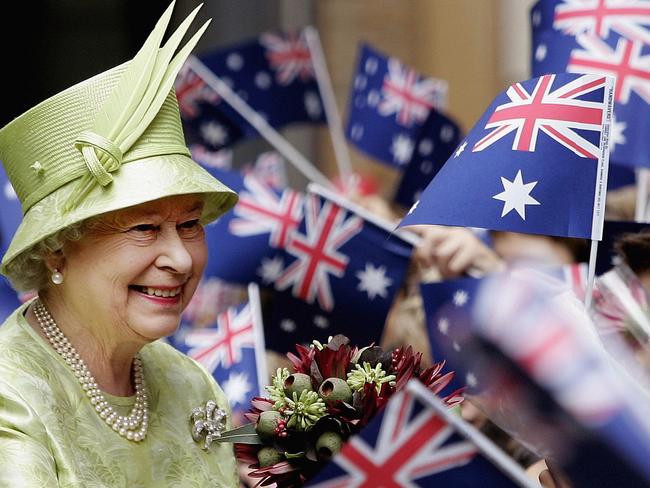
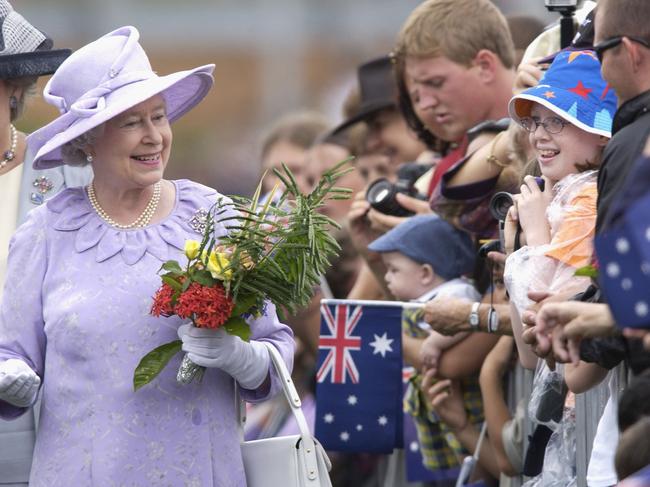
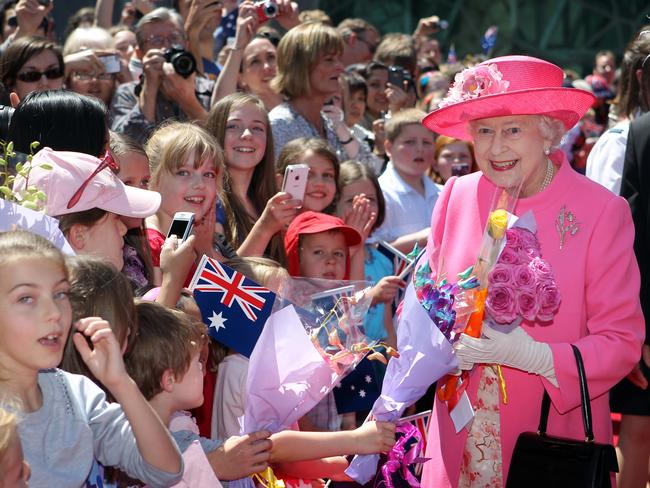
Their 58-day, 57-city visit was a tour de force, and cemented Australia as one of the Queen’s
favourite destinations.
The affection was mutual: An estimated 75 per cent of the Australian population turned out to see Her Majesty as she visited every state and territory (except the Northern Territory).
In Sydney, more than one million people lined the streets just to catch a glimpse of her.
The Queen went on to visit Australia a total of 16 times, with her last visit, in 2011, similar to her first.
Crowds lined the streets, pressing flowers and small gifts into her hands, and in Melbourne, she rode aboard a royal tram, much as she had in 1954, when she and Prince Philip journeyed aboard a royal train.
NSW Police Commissioner Karen Webb on Friday paid tribute to the Queen in a moving statement reflecting on the duties of Australian police officers.
“On behalf of the NSW Police Force, I join the people of Australia, the United Kingdom, the Commonwealth and across the world in expressing my deep sadness of the passing of Her Majesty Queen Elizabeth II at age 96,” she said.
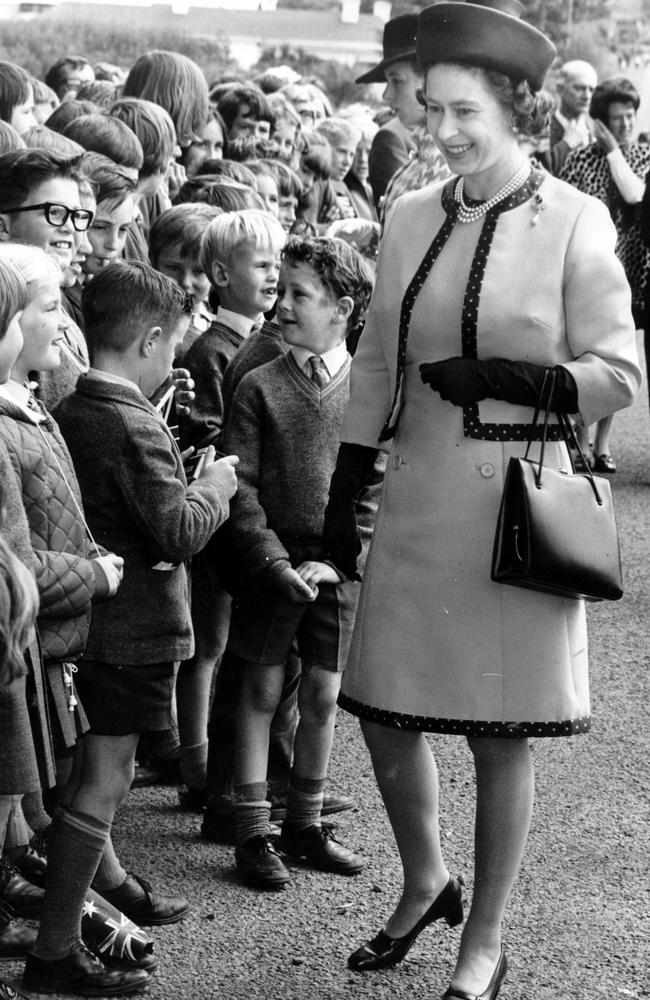
Commissioner Webb said it was a priveledge to serve as an officer of the Crown.
“In addition to our sworn duties, the NSW Police Force had the honour of welcoming and protecting Her Late Majesty during most of her 16 visits to Australia throughout her reign, and our Mounted Unit performed their Musical Ride on centre stage at the Queen’s Diamond Jubilee in 2012, the same year our force celebrated a milestone of 150 years. NSW Police Force have a long and proud history in supporting Her Late Majesty.”
Fire and Rescue NSW Commissioner Paul Baxter QSO said Her Majesty’s passing was a “profound loss”.
“Her passing is a profound loss that will be felt throughout Australia, the Commonwealth and the world, and our hearts go out to our British colleagues during this sad time.
“Our deepest sympathies to the late Her Majesty’s family as they mourn the loss of their mother, grandmother and great-grandmother.”
Through her journeys, the Queen was exposed to many parts of the distinctly Australian culture. She took in an AFL game at the MCG, watched the surfers off Sydney’s Bondi Beach, saw koalas and enjoyed several cricket matches.

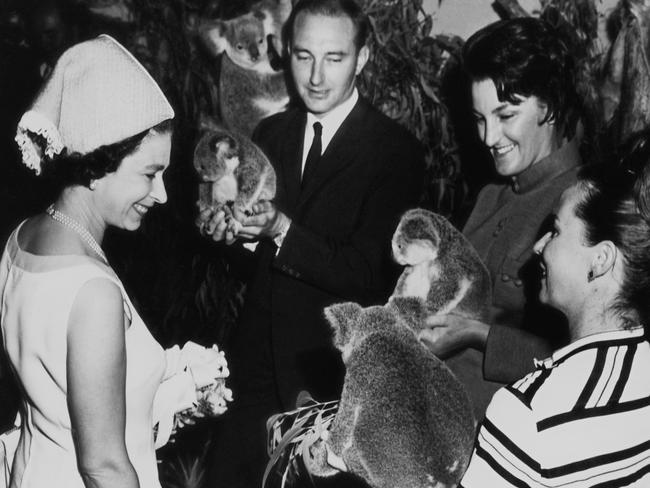
She opened Olympic and Commonwealth Games, visited sheep farms and the Great Barrier Reef and learned about Aboriginal and Torres Strait Islander art.
Australia is one of the 15 Commonwealth countries that form what is known as the Realm, where the Queen is the head of state as well as monarch, and she undertook many official duties during her visits.
While in the capital Canberra in 1954, Queen Elizabeth II opened a session of Parliament, wearing the gown she donned at her Coronation the previous year.
On her last visit in 2011, to open the Commonwealth Heads of Government Meeting (CHOGM) in Perth, a reception was held in her honour in Canberra’s new Parliament House – which she had opened two decades earlier.
On that occasion, the Queen acknowledged the wild Australian weather which had wreaked such
havoc, specifically mentioning the Brisbane floods and Cyclone Yasi in north Queensland.
“It has been a difficult year for this country in many ways despite the successes. The world witnessed the anguish of Australians as they lived through a summer of natural disasters,” she said.

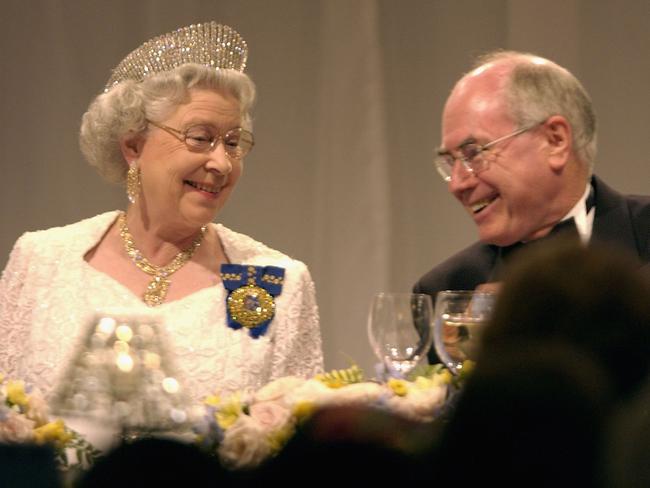
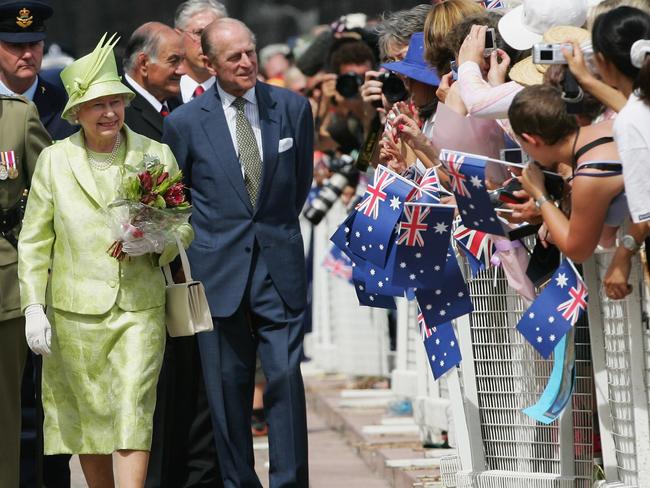
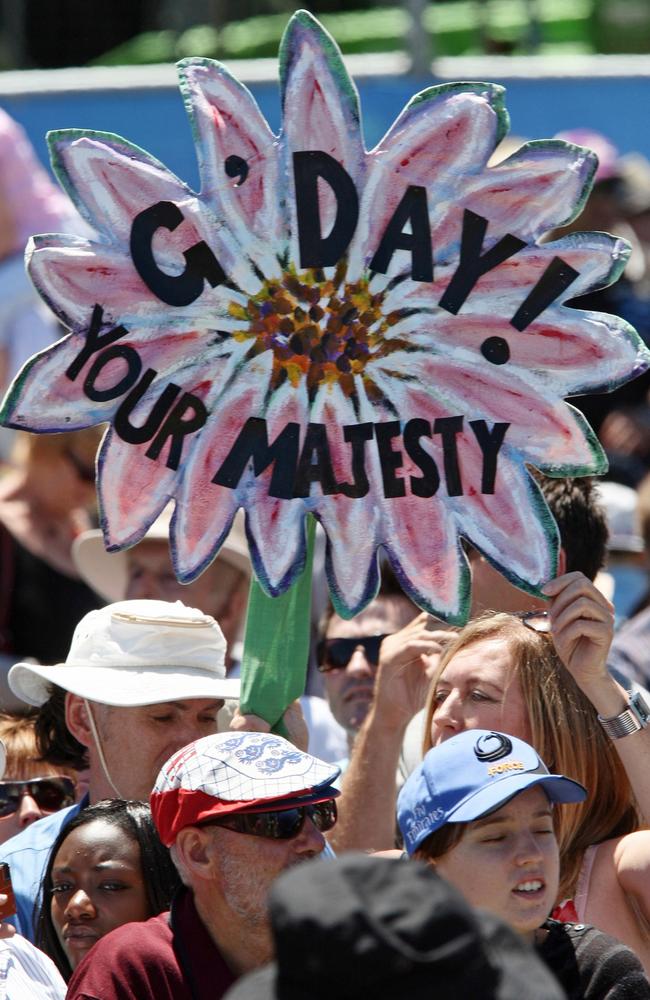
“We were all inspired by the courage and resolution shown by those affected in the face of crippling desolation.
“Ever since I first came here in 1954 I have watched Australia grow and develop at an extraordinary rate. This country has made dramatic progress economically in social scientific and industrial endeavours and above all in self-confidence.”
The Queen’s second visit was in 1963, then again in 1970 when she and The Duke of Edinburgh
joined in the celebrations marking Lieutenant James Cook’s discovery of Australia 200 years earlier.
Her opening of the landmark Sydney Opera House attracted worldwide attention in 1973, while
Australia also figured prominently in The Queen’s Silver Jubilee celebrations in 1977, in which she visited every state during a three-week tour.

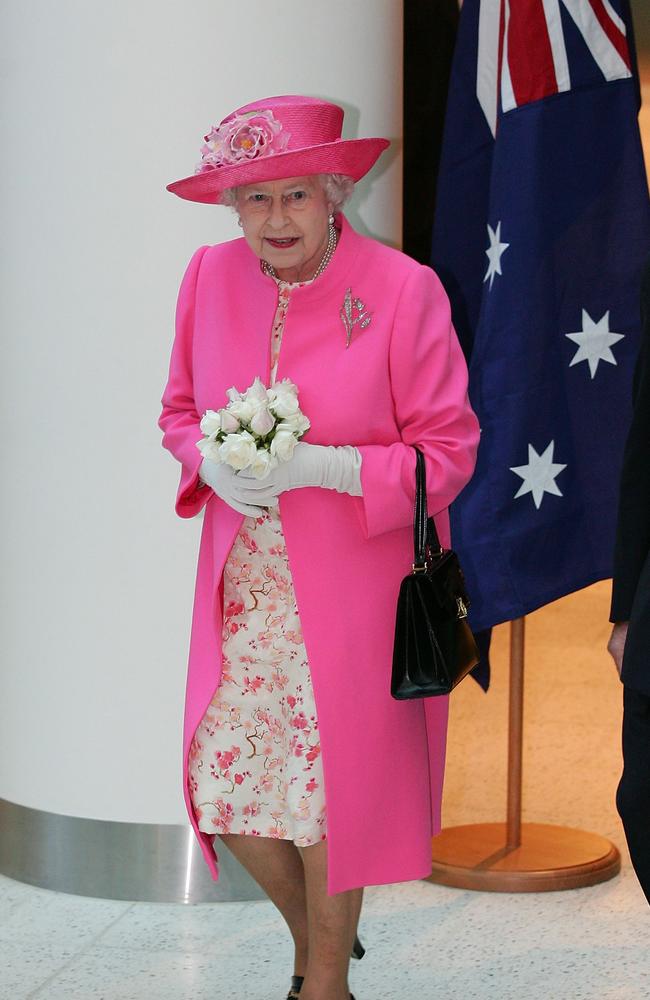
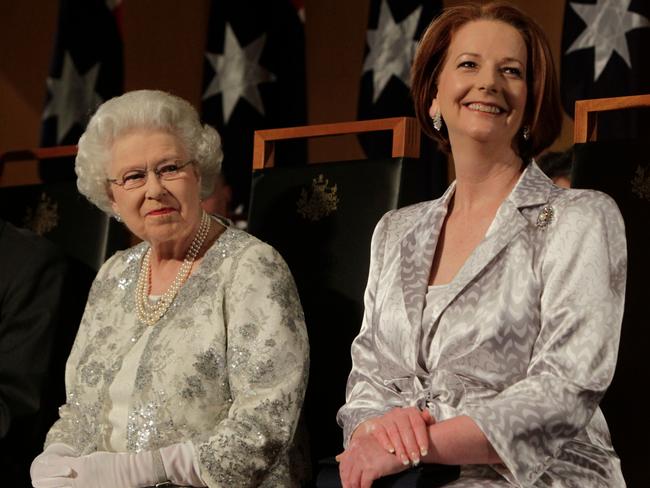
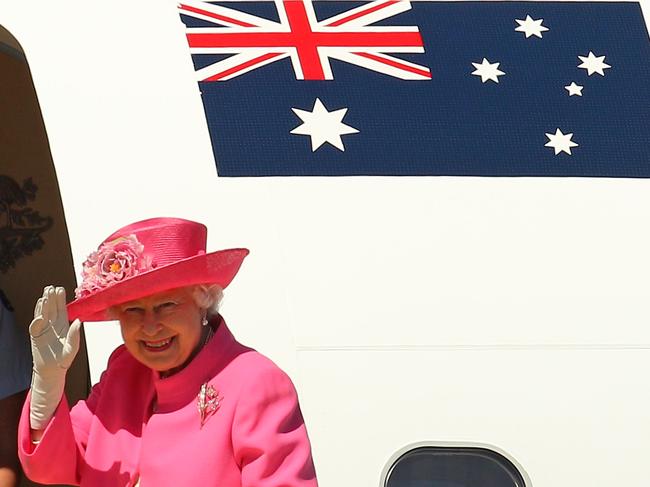
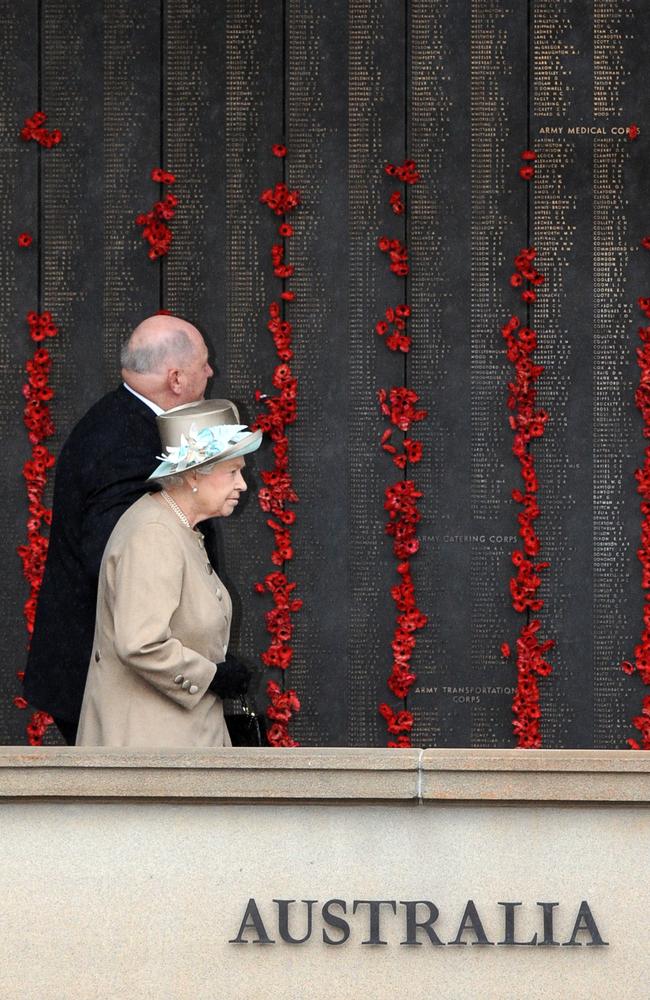
Queen Elizabeth II and The Duke toured Australia again in 1980 and 1981, to coincide with the
Commonwealth Heads of Government Meeting in Melbourne. In 1982 they attended the
Commonwealth Games in Brisbane.
In 1988 The Queen took part in Australia’s bicentenary celebrations, travelling extensively across the nation, and opening the new Parliament House in Canberra.
When The Queen visited Australia, she spoke and acted as Queen of Australia, and not as Queen of the United Kingdom.
Even while based in the United Kingdom, The Queen was sensitive to her role as Queen of Australia, acknowledging issues which affected the country through messages or congratulating Australian achievement.
The Queen supported public service through her patronage of a large number of Australian
organisations including The Royal Humane Society of Australasia; the Partially Blinded Soldiers’
Association of Australia; the Royal Children’s Hospital, Melbourne; the Scout Association of
Australia; and the Mothers’ Union in Australia.
In addition she held a number of titles in the Australian Armed Forces, and attended many events to honour their service in world conflicts.





